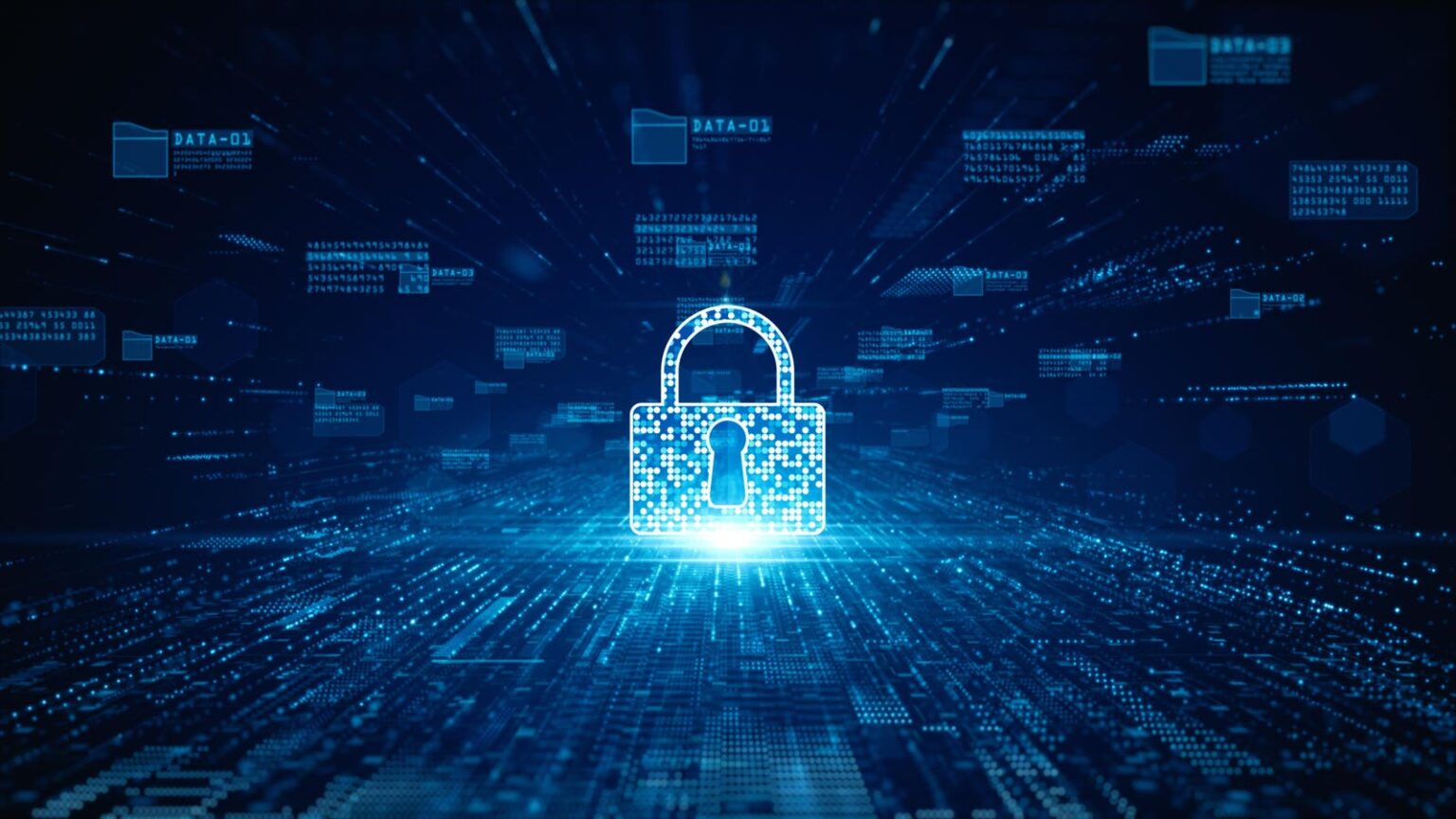Prashant Ketkar, CTO at Parallels (part of Alludo).
Has your enterprise experienced a security breach in the last year? A 2023 survey conducted by WinZip found that for 41% of respondents, the answer is “yes.” That’s a hard pill to swallow.
Whether we like it or not, we need to talk about the elephant in the room. The harsh reality is that cybersecurity incidents are on the rise—a trend partly fueled by the rise of SaaS applications, which have intensified cybersecurity concerns such as phishing and ransomware. On top of that, distributed workforces further amplify this threat, as data breaches can result from unsafe home networks and the use of various devices.
Although we’re seeing this trend across various sectors and enterprise sizes, the challenge is particularly unique for small and medium-sized enterprises (SMEs). They often encounter a market gap and struggle to find security tools that are both user-friendly and affordable. While the bigger enterprises may have more bandwidth to withstand the cyber threats, SMEs are often left to their own devices.
Is surrender the only option for SMEs? Not quite.
What they can do to combat the threat and keep up is democratize cybersecurity. This entails making cybersecurity accessible and available to a broader range of users. In this process, cost is obviously an important factor, but user-friendliness is another parameter that’s just as important to keep in mind when deciding on cybersecurity solutions.
Historically, security has often been seen as the domain of experts, with policies and tools designed for those with specialized knowledge. However, we need to abandon the idea of “the guys in the IT department” being solely responsible for cybersecurity if we don’t want to be part of that 41%.
The perception of security as an experts-only club creates a barrier for SMEs, who may lack the resources to hire experts or invest in complex solutions—especially in the current climate where IT talent is scarce. However, it doesn’t have to be this way. By democratizing cybersecurity, SMEs can not only improve their defenses but also effectively bridge the IT skills gap.
Democratization is about making cybersecurity accessible and manageable for everyone, not just the tech-savvy employees. It’s about shifting from a control model to a collaborative one where security is a shared responsibility across all levels of an enterprise. This approach not only makes security more inclusive but also more effective, as it leverages the collective vigilance of the entire workforce.
As mentioned, a significant source of security threats is linked to managing a distributed workforce. I place great emphasis on this aspect in my work with Parallels, ensuring that our secure workspace solutions are consistently updated to meet these needs. With a focus on the unique challenges SMEs with distributed workforces face, our latest expansion was developed to secure not only access to legacy and desktop apps but also to web and SaaS apps.
With hybrid workforces being the reality for most SMEs, enabling employees to work from anywhere on any device without compromising safety is the paramount task—which is what secure workspace solutions can facilitate.
When selecting a secure workspace solution, SMEs should ensure they prioritize those with an emphasis on user-friendliness. In practice, this means intuitive interfaces, straightforward setup processes, and minimal technical expertise required for implementation and management. This allows SMEs to empower their teams to effectively manage security measures without the need for extensive training or resources.
Of course, the ideal scenario is to have a comprehensive package that meets all needs. However, SMEs poring over this might find themselves pacing the floor in anticipation, concerned about the affordability of such a comprehensive solution. SMEs must ensure the cost aligns with the means available.
Solutions with transparent and straightforward licensing pricing models may not put as much of a restraint on the budget as complex licensing models might, as they can provide a single, inclusive license at a competitive price point without hidden costs. Everything is centralized under one, singular license—eliminating the need for additional feature purchases.
When selecting these tools, it is essential to ensure they include robust security measures like threat detection and response (TDR) and comprehensive auditing capabilities. These are features imperative for the timely detection and response to security incidents and for keeping detailed records of all security-related events. As SMEs often do not have the luxury of an unlimited sum of money dedicated to cybersecurity, having built-in advanced security features can also provide a cost-effective way to strengthen their security posture.
Every team member, from the ground staff to the top stakeholders, needs to roll up their sleeves and get involved in building and maintaining a security-first mindset. Making this a fundamental part of the enterprise’s DNA not only beefs up the defenses but also helps spot and fix any chinks in the armor quickly.
Once again, we must retire the misconception that cybersecurity is solely the concern of the cybersecurity team. The common mindset that these team members are the specialists who have the knowledge and will guide the rest of the team on what to do or not do often falls short and leaves enterprises vulnerable to cyber threats and data breaches. Instead, SMEs should strive to establish a unified and democratized cybersecurity framework that’s robust enough to face threats with peace of mind.
Forbes Technology Council is an invitation-only community for world-class CIOs, CTOs and technology executives. Do I qualify?
Read the full article here














